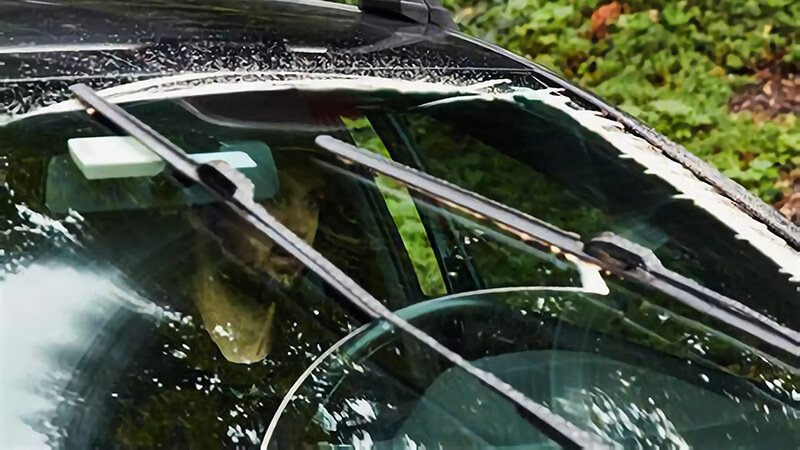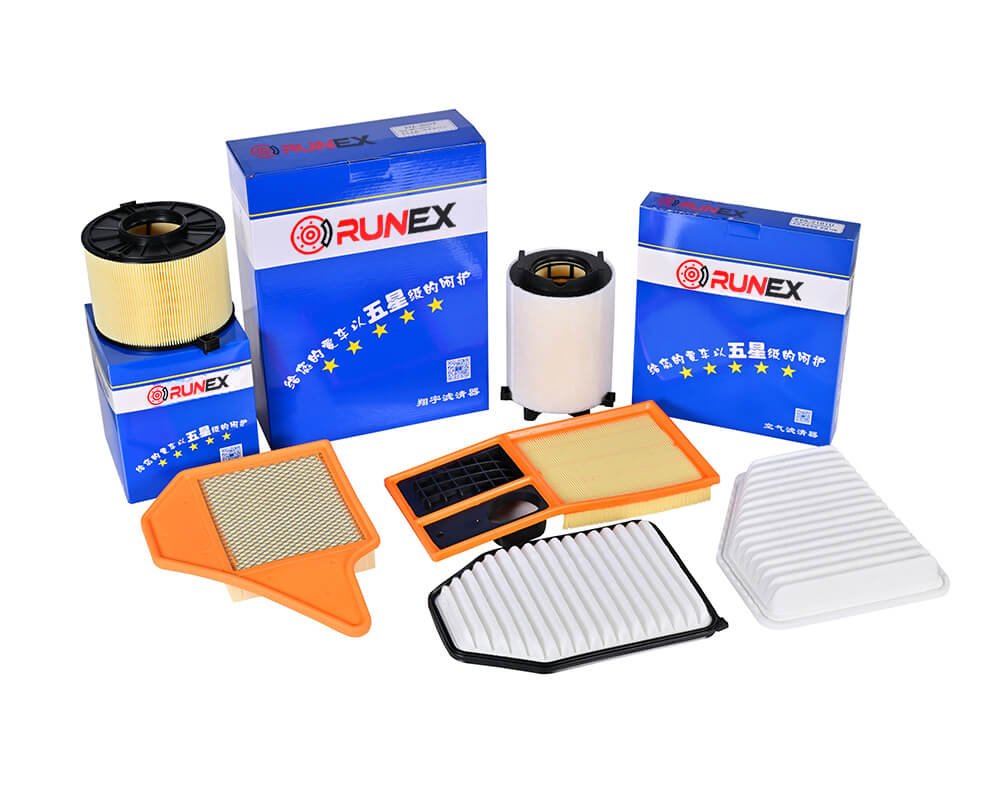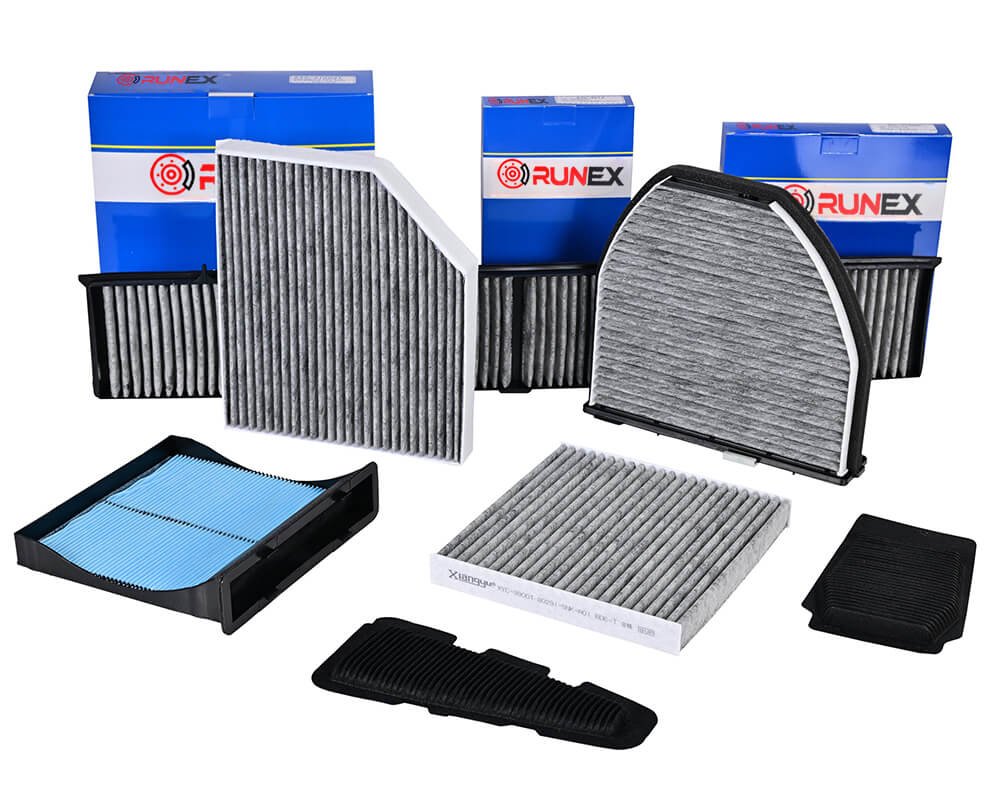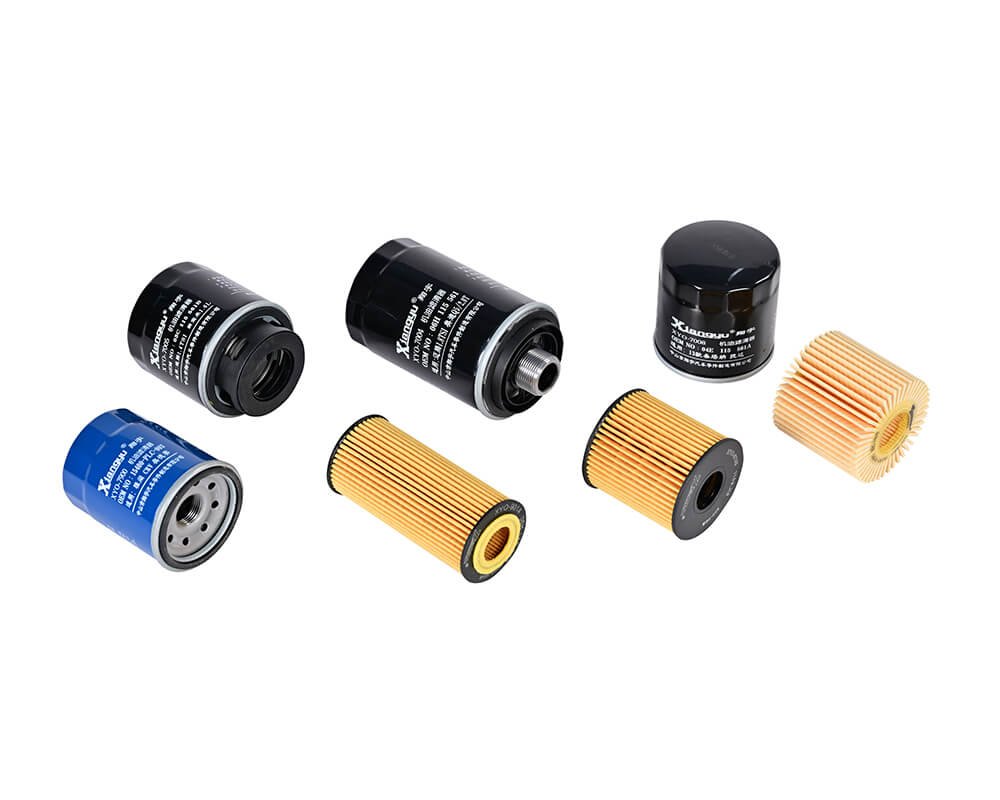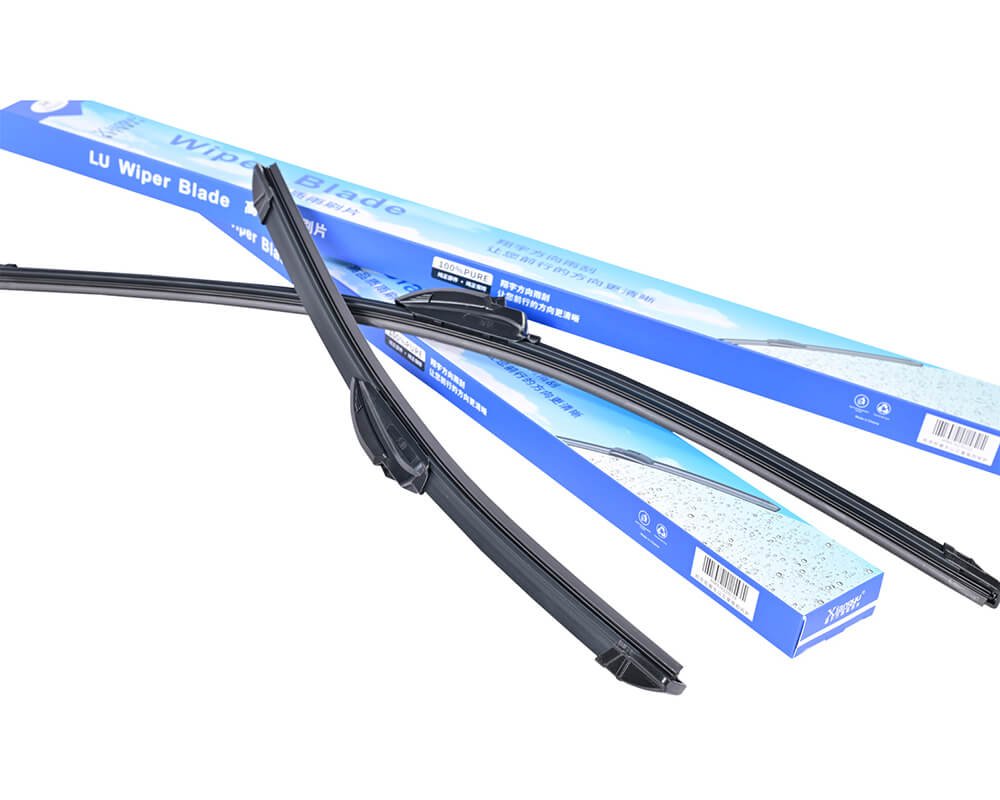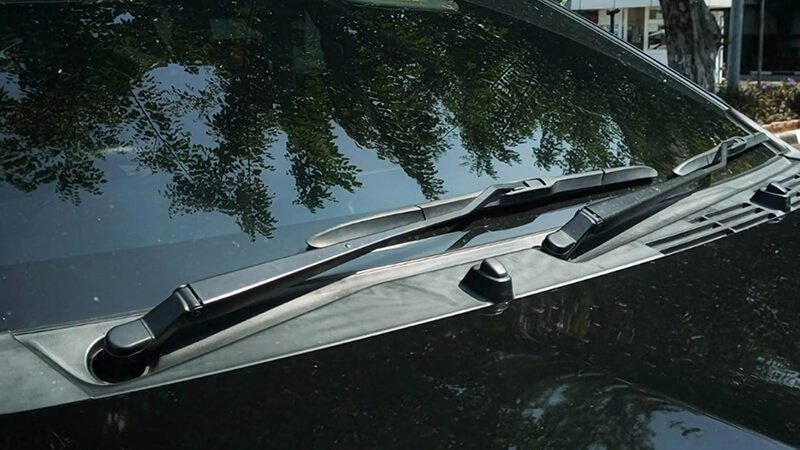Rain hits, blades chatter, and the windshield turns into blurred chaos. I have been there. Visibility drops, nerves spike, and a cheap wiper suddenly feels like a costly mistake.
Choose a wiper-blade brand that proves its worth with beam-style construction, graphite-coated rubber, and independent test data. Brands that meet OE durability standards keep your windshield clear and your budget under control.
I have advised dozens of distributors who battled high return rates. Each time, the cure was the same: dig into design, materials, and field results. Let me show you exactly how I do that.

Which brand wiper blades are best?
A bad blade costs more than its price tag. It erodes trust, burns margins, and sparks angry calls from drivers stuck in the rain. I refuse to let that happen to my partners.
The best brands combine premium rubber, beam-style frames, and strict quality checks. Look for full-season performance, low noise, and verified field reviews before you commit.
Digging deeper: what separates leaders from laggards?
Material quality drives longevity
Rubber composition is not all equal. A blend of natural rubber with silicone or graphite outlasts plain rubber by months.
| Rubber Blend1 | Relative Life Span | Noise Level | Cost Impact |
|---|---|---|---|
| Plain Natural Rubber | 1× | High | Low |
| Silicone-Enhanced | 1.5× | Medium | Medium |
| Graphite-Coated Rubber | 2× | Low | Medium |
Structure decides pressure distribution
Traditional metal frames rely on several pressure points. Beam blades2 spread pressure evenly through an internal spring, wiping cleaner on curved windshields.
| Structure Type | Contact Points | Winter Resilience | Aerodynamic Drag |
|---|---|---|---|
| Conventional | 4–8 | Low | High |
| Hybrid | 8–10 | Medium | Medium |
| Beam | Continuous | High | Low |
Real-world testing proves claims
I never sign a supply contract before reading the oscillation, salt-spray, and high-speed endurance reports3. If a brand hides data, I walk away.
My story: One UK partner complained about endless winter returns. I guided him to a beam blade that passed 500,000-cycle lab tests. Returns dropped 60 % in six months, and his margin grew by 8 %.

How do I know which wiper blades to buy?
Scrolling through online options feels like swimming in jargon. I simplify the process into three straight steps.
Match the fit, match the climate, and verify the brand’s test data. When those three boxes are checked, price becomes a negotiation instead of a gamble.
Digging deeper: the three-step buying playbook
1. Fitment first, no exceptions
Every vehicle uses a specific arm type and blade length. Mixing them invites gaps and chatter. I always pull the OE length4 from the vehicle database before even opening a catalog.
2. Climate drives material choice
- Cold, snowy regions: Beam blades with graphite or silicone stay flexible below 0 °C.
- Hot, sunny areas: Silicone blends resist UV cracking better than natural rubber.
- Mixed climates: A mid-grade graphite blade balances cost and longevity.
| Climate Zone | Best Rubber Blend | Recommended Structure |
|---|---|---|
| Arctic/Cold | Graphite | Beam |
| Temperate | Graphite/Silicone | Beam or Hybrid |
| Tropical | Silicone | Beam |
3. Proof over promises
Ask the seller for abrasion, ozone, and high-speed noise reports. If they stall, they lack proof. I keep a checklist in my phone:
| Test Name | Minimum Pass Mark | Why It Matters |
|---|---|---|
| Abrasion Cycles | ≥ 500 k cycles | Shows rubber wear life |
| Ozone Resistance | 70 h, no cracks | Predicts UV and smog aging |
| Wind Tunnel Noise | ≤ 5 dB increase | Ensures silent wiping at speed |
I treat this data the way pilots treat pre-flight checks: no pass, no takeoff.

How do I choose a good windshield wiper?
A “good” blade is silent, streak-free, and still working when winter ends. Most blades fail at least one of those jobs.
I choose beam-style blades with dual-compound rubber and snap-in adaptors. They wipe clean in one pass, stay quiet, and install in seconds.
Digging deeper: my quality checklist
Performance in one swipe
I spray the windshield, start the wipers, and watch the first pass. Any line left behind signals poor edge finishing.
Noise at highway speed
A silent blade builds customer loyalty. I test at 100 km/h; if I hear squeak or thump, it’s out.
Durability through seasons
I want one year of life minimum. That equals about 1.5 million wipes. Lab tests give clues, but field data seals the deal.
| Inspection Point | Pass Indicator | Fail Signal |
|---|---|---|
| First-Swipe Test | Clear glass | Water patches |
| High-Speed Noise5 | < 5 dB rise | Audible squeak |
| Winter Flex Test | No skip | Frozen hinge points |
| UV Aging | No cracks | Rubber splits visible |
Ease of installation
I learned the hard way that a tricky adaptor costs shop time. Modern blades ship with multi-clip kits or pre-mounted push buttons. My rule: if it takes more than 30 seconds, it is the wrong blade.

Which wipers are best for cars?
Every vehicle class has its quirks, but driver expectations are the same: clear glass, no fuss.
Beam-style all-season blades with a graphite edge satisfy compact cars, SUVs, luxury sedans, and fleet vans alike. The only variable is length and attachment.
Digging deeper: matching blade to vehicle type
Compact Cars
Shorter blades, lighter arms. I pick graphite beam blades6 for their low drag.
SUVs and Vans
Longer blades fight aerodynamic lift. I choose beam blades with reinforced spines. Wind resistance can otherwise cause lift-off.
Luxury Vehicles
Owners demand silence. A silicone-graphite dual compound7 keeps wiping noise under 4 dB.
Fleets
Cost per mile is king. I calculated the savings for a taxi fleet in Manchester: upgrading to 12-month beam blades lowered yearly replacement spend by 35 % and slashed downtime.
| Vehicle Class | Blade Length Range | Best Rubber Blend | Key Benefit |
|---|---|---|---|
| Compact | 14-22 in | Graphite | Low drag, low noise |
| SUV/Van | 20-28 in | Graphite | Strong spine, no lift |
| Luxury | 18-26 in | Silicone-Graphite | Whisper-quiet wipe |
| Fleet | Mixed | Graphite | Long life, bulk price |
The ROI of choosing right
A single return can erase the profit on ten good sales. My switch from low-grade hybrids to premium beams8 cut complaint calls by 70 %. The math is simple: pay $2 more upfront, save $5 in returns — and keep your customer.
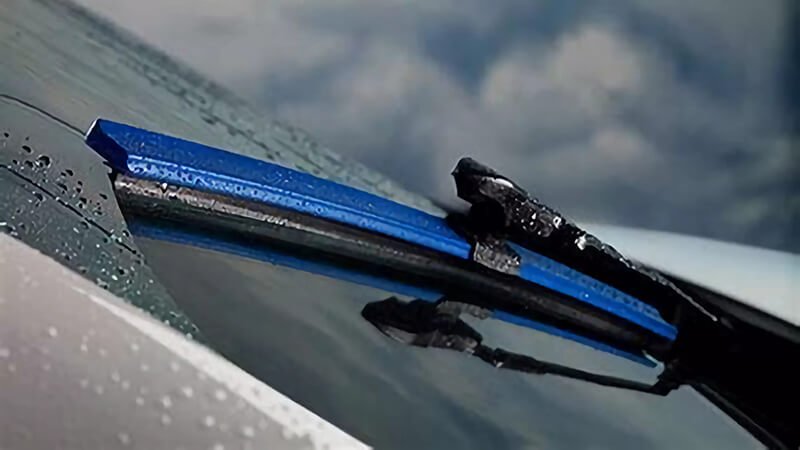
Conclusion
Wiper blades9 are humble parts, but they guard the driver’s eyes every mile. I always start with beam-style design, premium rubber, clear test data, and fast fitment. Brands that deliver on these four pillars cut returns, boost margins, and, most importantly, keep people safe on the road. Your windshield deserves that level of care. Choose smart, and drive with confidence.
-
Exploring this resource will provide insights into how various rubber blends can enhance performance and longevity in automotive products. ↩
-
This link will explain the advantages of beam blades, including their pressure distribution and effectiveness in various weather conditions. ↩
-
Understanding high-speed endurance tests can help you make informed decisions about the durability and reliability of automotive components. ↩
-
Understanding OE length is crucial for selecting the right wiper blades, ensuring optimal fit and performance for your vehicle. ↩
-
Discover effective solutions to minimize noise from wipers at high speeds, enhancing your driving experience. ↩
-
Explore the advantages of graphite beam blades, including low drag and improved performance for various vehicle types. ↩
-
Learn how silicone-graphite dual compounds can enhance wiper performance and provide a quieter driving experience. ↩
-
Discover why investing in premium beams can lead to significant savings and improved customer satisfaction in the long run. ↩
-
Find different brands of wiper blades from Runex Auto, clicking this link to get all your need for your business. ↩

